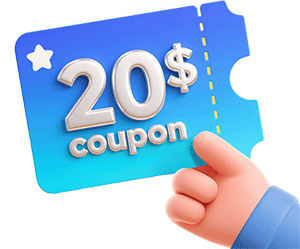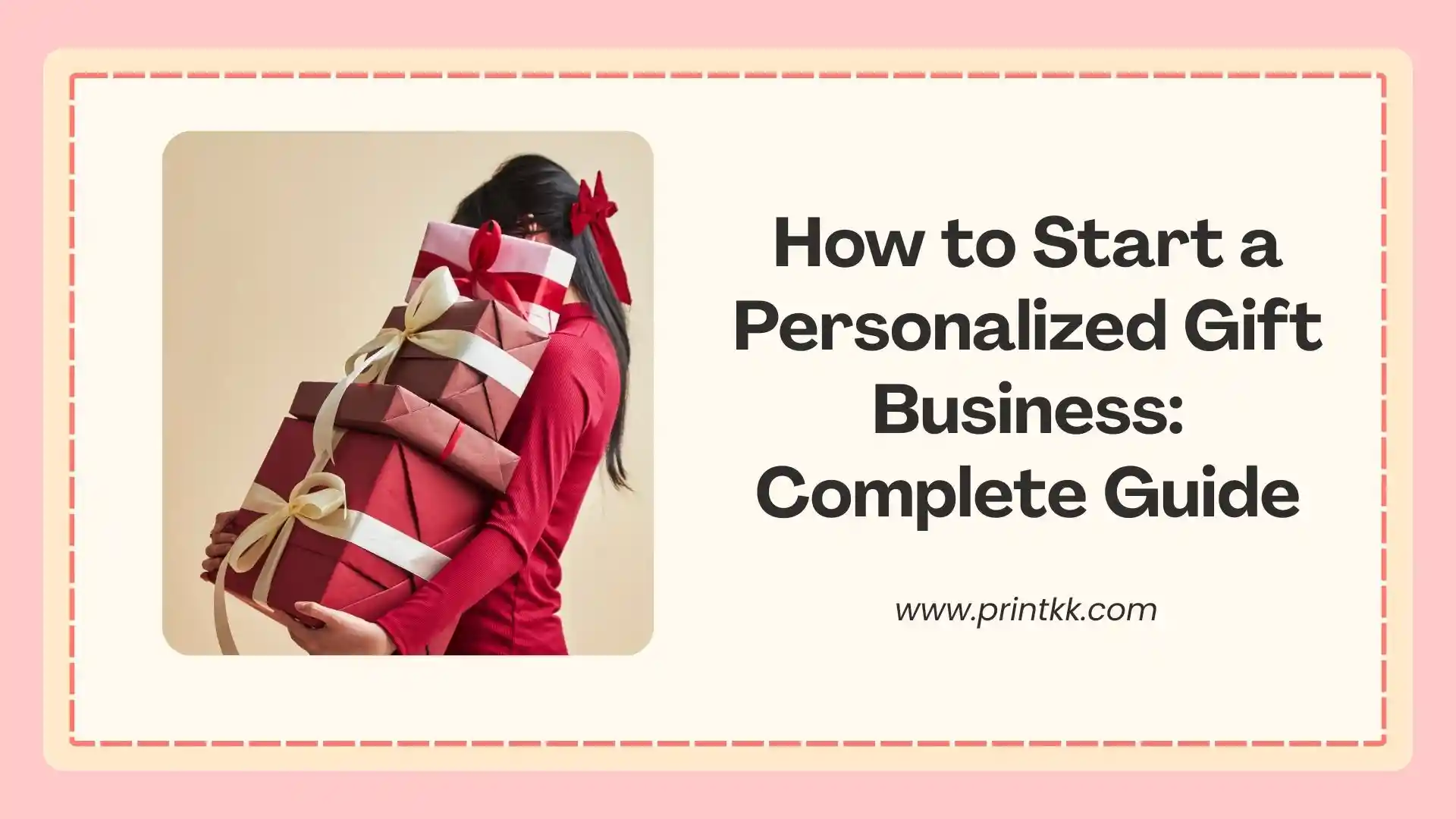
If you've ever thought about turning creativity into cash, personalized gifts are one of the easiest ways to start. People are willing to pay extra for something that feels made just for them.
In this complete guide, we'll walk you step by step through everything you need to know, so you can confidently learn how to start a personalized gift business.
You'll have a clear roadmap to launch and grow your own personalized gift business while avoiding the common pitfalls most beginners face.
Why Personalized Gift Selling Works and Stays Profitable
Why Personalized Gift Selling Works
Personalized gifts succeed because the market has strong, consistent demand. Occasions like weddings, birthdays, anniversaries, and holidays drive consumers to seek unique and meaningful items.
Customers aren't just browsing—they are actively searching for gifts that feel personal. Platforms like Etsy perfectly match this demand, connecting sellers with buyers willing to pay a premium.
Low-Cost and Flexible Production
Print on Demand (POD) services make it even easier to start without large upfront costs. You can create custom designs and only produce items when orders come in, avoiding inventory and storage expenses.
Small equipment like heat presses or laser engravers is optional for more control, but not required, keeping startup costs minimal. Flexible SKUs let you test ideas and adjust quickly based on demand.
How the Model Stays Profitable
The model stays profitable because buyers value the personal touch more than cost.
POD reduces material risk and storage fees, while outsourcing customer service or partial production lowers labor costs. Platform fees, marketing, and shipping remain the main expenses, leaving a sustainable net margin.
In short, personalized gifts thrive due to high demand + low upfront cost + flexible production.
Using POD, small "custom workshops" can scale globally, generating revenue without heavy investment, balancing creativity, efficiency, and market fit.
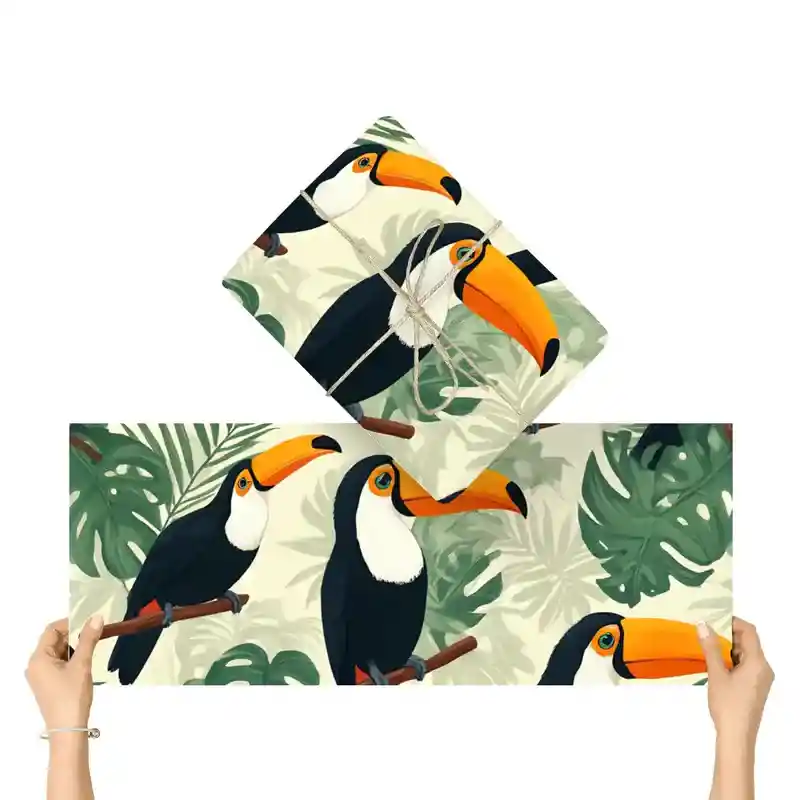
Custom 3-Pack Gift Wrapping Paper Sheets (Made in USA) - Print on Demand Fulfillment - PrintKK
How to Start a Personalized Gift Business
1. Find Your Sweet Spot
The first step is to figure out what makes your products special. Don't just pick items because they're easy to make.
Think about what people actually want to buy and keep. Look for gaps in the market or trends you can ride.
Ask yourself: can this item be personalized in a way that feels meaningful? Focus on a few product types at first, rather than trying to sell everything.
This makes it easier to perfect your designs and understand your audience.
2. Know Your Customers
Before you spend money on supplies, you need to know who will buy from you. Create a simple profile of your ideal customer. Ask questions like:
- What age group are they in?
- What occasions do they buy gifts for?
- How much are they willing to spend on personalized items?
Once you have this, you can design products and marketing that speak directly to them. This step prevents wasted money on items no one wants.
3. Plan Your Products and Pricing
Decide what products you'll start with and calculate all your costs carefully.
Include materials, packaging, labor, and shipping. Then add your profit margin to set prices. Avoid guessing.
If a cup costs $5 to make and ship, selling it for $6 won't cover your time. Start with 3–5 products, test them, and adjust pricing based on demand. Clear pricing from the start saves headaches later.

4. Set Up Your Production Process
You need a system to create products efficiently. Map out each step, from receiving an order to shipping it. Think about:
- How long it takes to personalize each item
- How you'll manage inventory
- How to check quality before shipping
Create simple templates or checklists for repeatable tasks. This reduces mistakes, keeps customers happy, and helps you scale without chaos.
5. Build Your Online Presence
Even a simple online store can make a big difference. Use platforms like Shopify, Etsy, or Wix to start. Make sure your product images show the personalization clearly.
Write descriptions that explain why the item is meaningful. Add a few sample reviews or testimonials, even if they're from friends and family.
A strong online presence builds trust and convinces people to buy your personalized gifts.
6. Market Smart, Not Hard
You don't need a huge advertising budget. Focus on channels where your customers already spend time. Social media works well for visual products like gifts.
Share behind-the-scenes photos, short videos of the personalization process, and examples of happy customers. Encourage people to tag friends or share their experiences.
Start small, track results, and adjust. Smart marketing brings consistent orders without burning your budget.
10 Best Tools for Building a Personalized Gift Brand
1. Canva
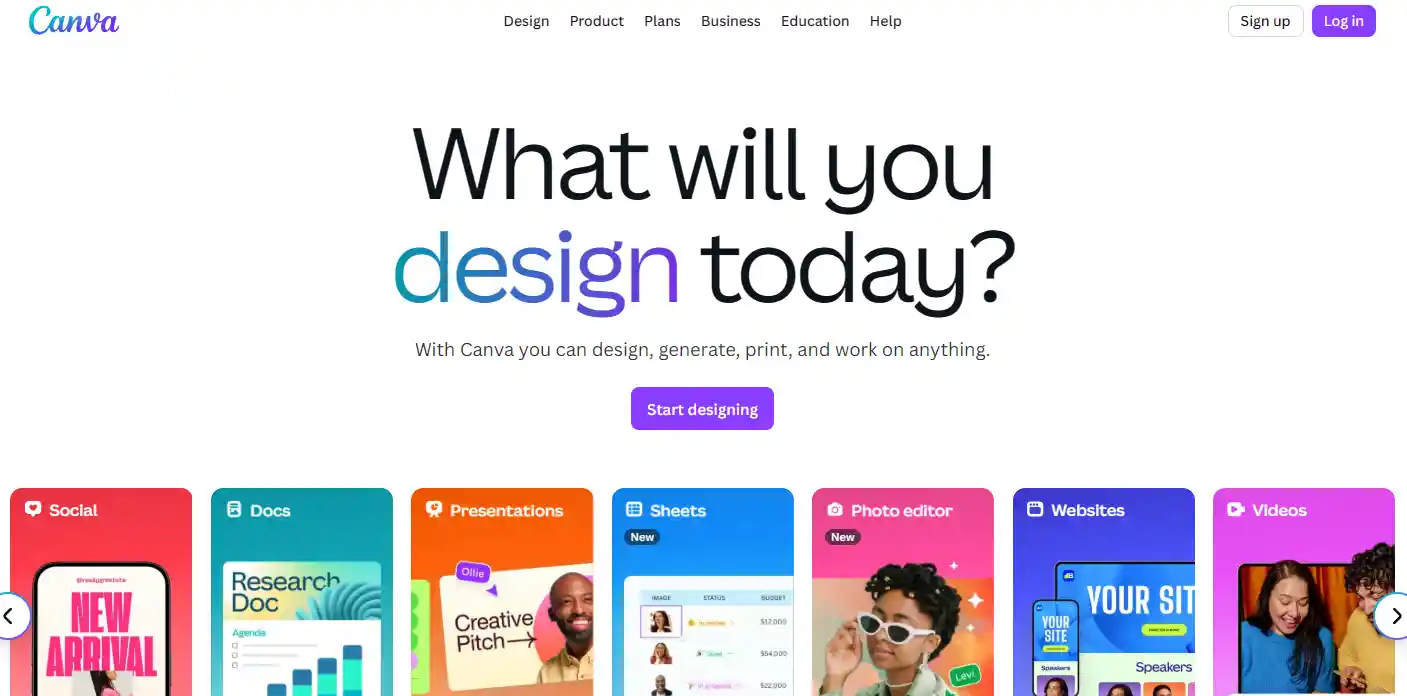
Canva is useful for creating visuals that make your brand feel professional. Instead of spending hours figuring out layouts, you can quickly make social media posts, product images, and banners.
Experiment with fonts, colors, and templates until you find a style that fits your brand. Small adjustments, like aligning elements or picking consistent color tones, can make a big difference in how customers perceive your products.
2. Photoshop
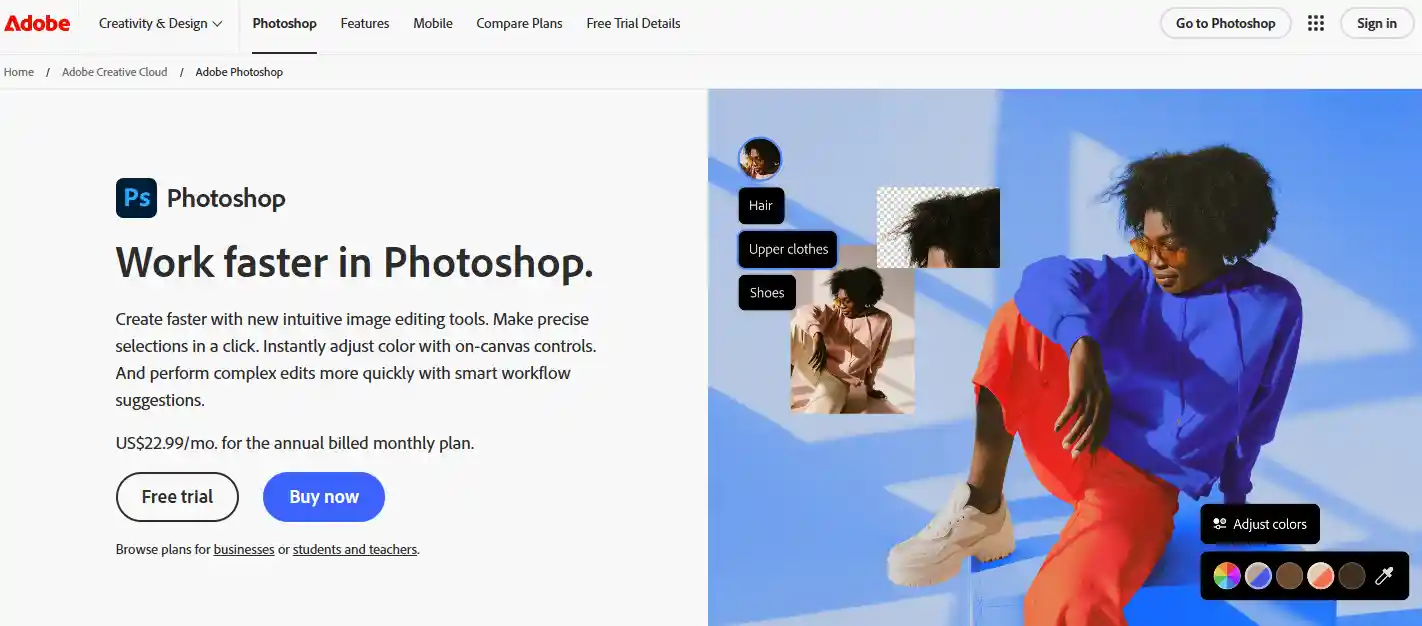
Photoshop allows more control when your designs need extra polish. You can remove backgrounds, adjust colors precisely, or combine images in creative ways.
It takes some practice, but mastering just a few key functions can elevate your product visuals. Customers notice details, and high-quality images make personalized items feel more special.
3. Placeit
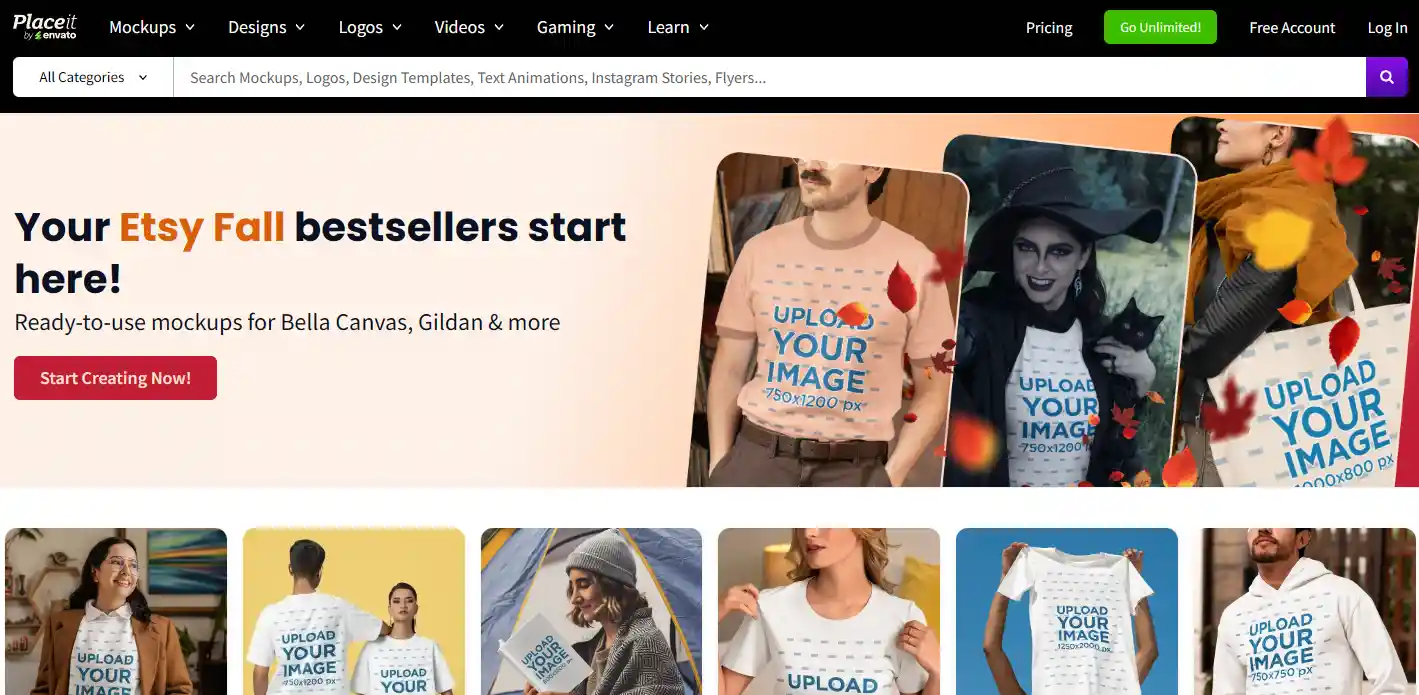
Placeit helps your products look real without a professional photoshoot. Upload a design, and it appears on mugs, t-shirts, or other items.
The results are ready to use in your shop or social media posts. Using realistic mockups helps customers picture owning your products, which often increases interest and trust.
4. Shopify
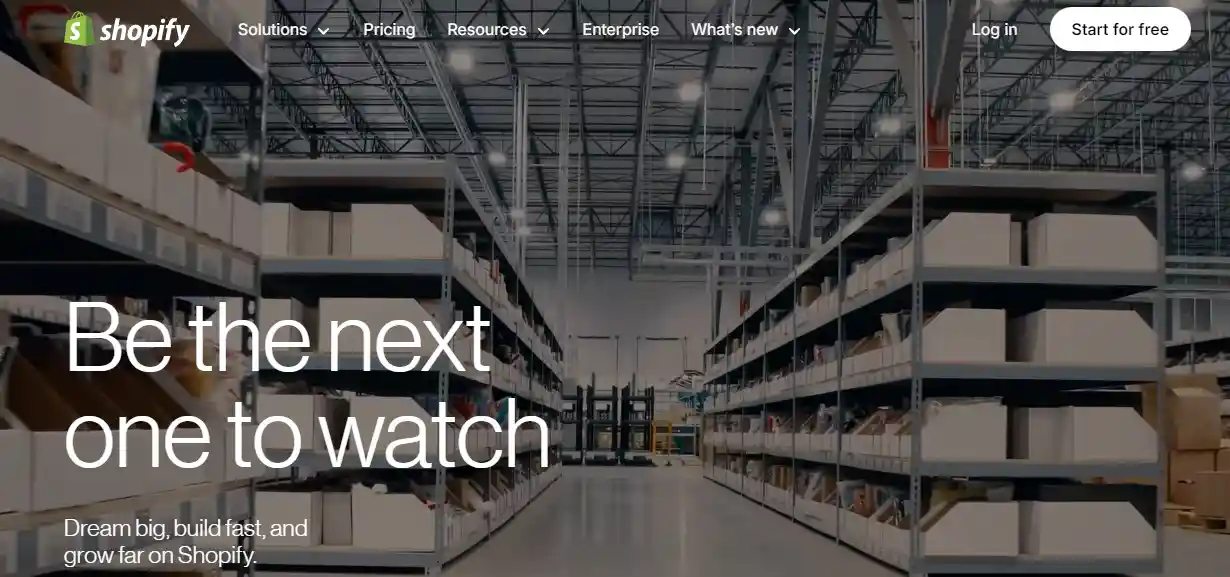
Shopify handles the backbone of your online store, from payments to inventory. You can customize the look to match your brand and add apps that simplify upselling or marketing.
Having a single platform for operations makes it easier to focus on creating products instead of juggling multiple tools.
5. Etsy
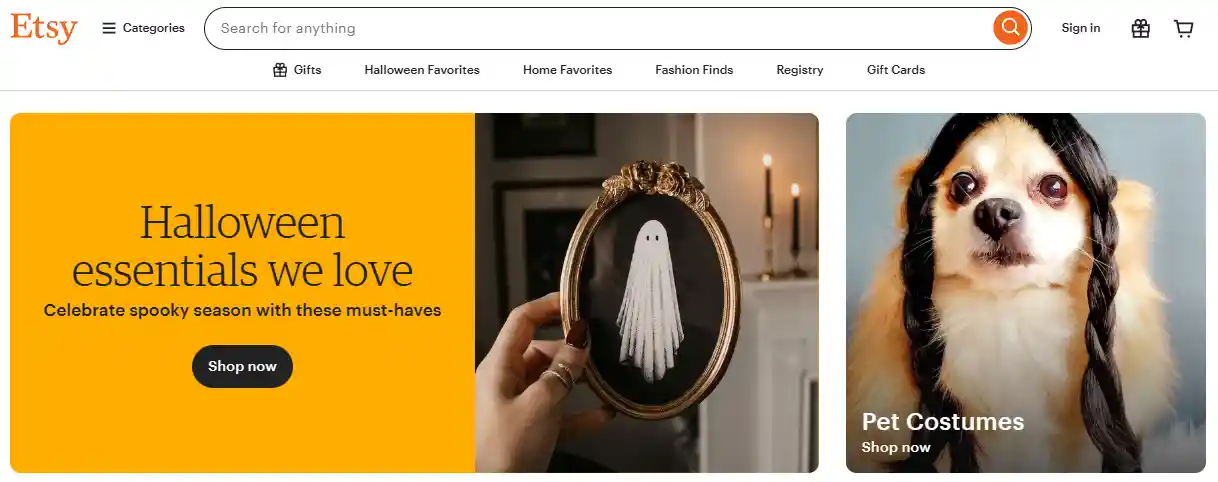
Etsy is a marketplace where buyers already expect unique, personalized items. Listing your products there gives instant exposure to an audience looking for custom gifts.
Etsy also provides simple order tracking and promotional tools, which saves time while reaching customers who might not find you otherwise.
6. Mailchimp
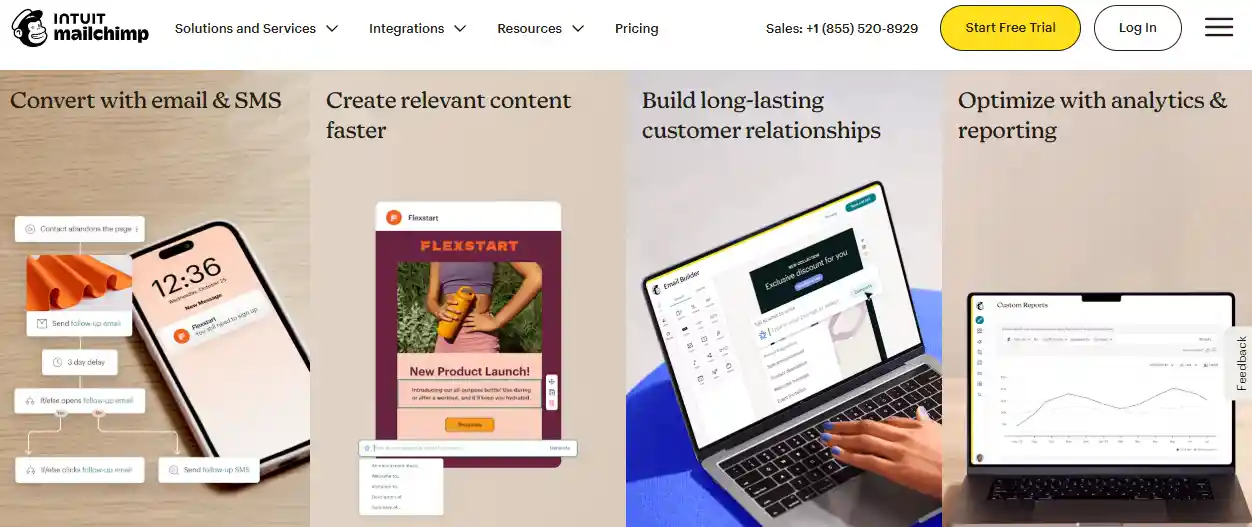
Mailchimp helps you keep customers connected to your brand. You can send updates on new products, promotions, or seasonal specials.
Organizing email lists by interest or purchase history allows messages to feel more personal. Over time, this builds relationships and encourages repeat purchases without pushing sales too aggressively.
7. Hootsuite
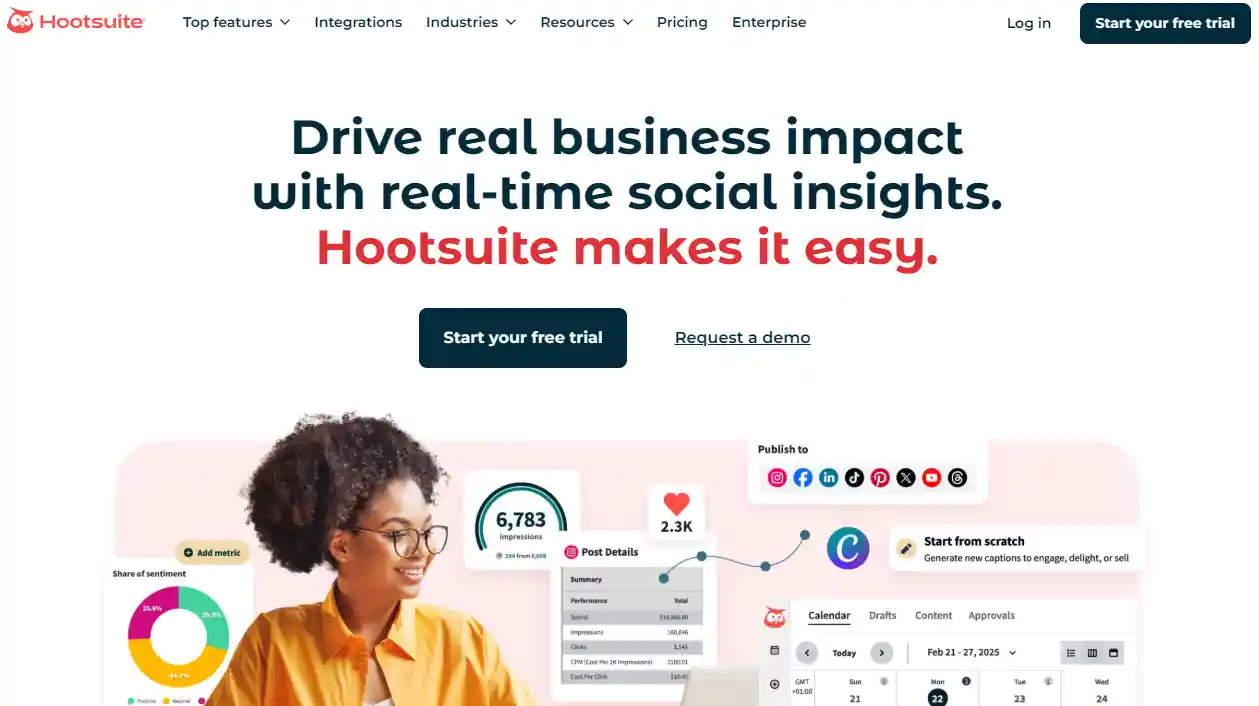
Hootsuite is useful for scheduling posts and keeping social media consistent. Posting regularly without spending hours every day helps maintain visibility.
The analytics show which types of content get attention, so you can focus on what works rather than guessing. Consistent presence increases recognition and customer engagement.
8. Typeform
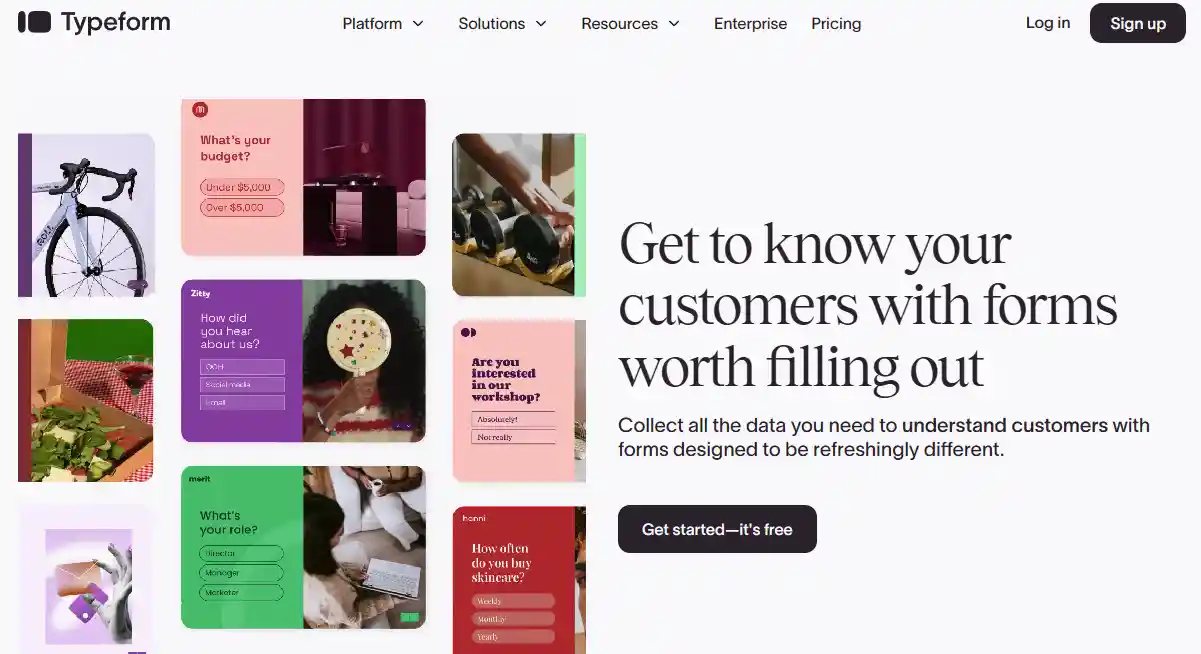
Typeform turns surveys and forms into a smoother experience for your customers. You can ask for feedback, product preferences, or ideas for new items.
Its conversational style usually gets more thoughtful responses than standard forms. Using this input can guide product updates and marketing decisions, making them more aligned with what your customers want.
9. Gorgias
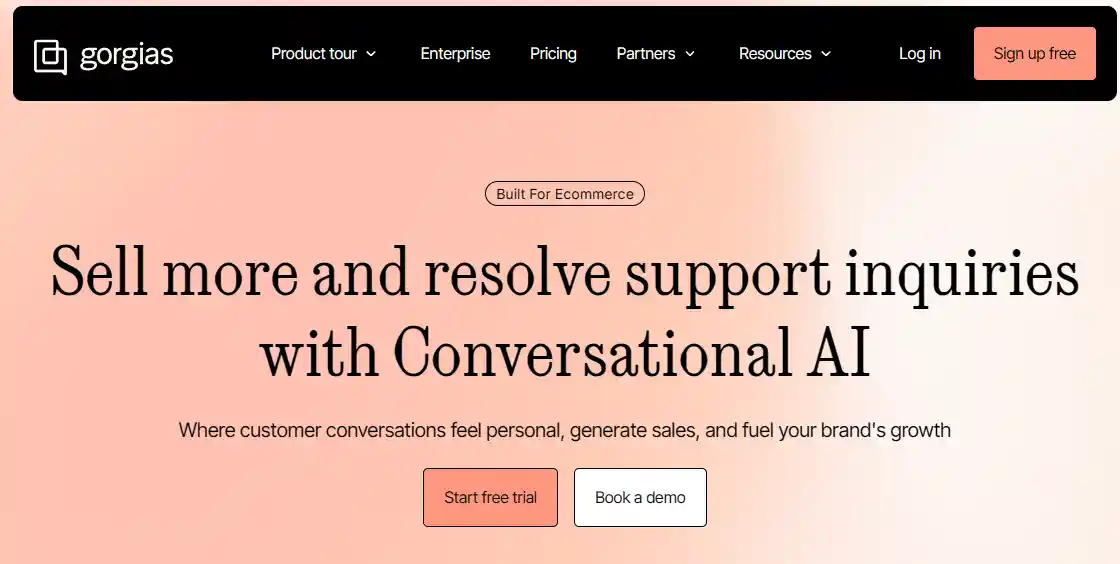
Gorgias keeps customer messages organized across email, chat, and social media. Quick responses build trust and make customers more likely to return.
As order volume grows, having one place to manage support prevents missed messages and ensures service quality remains high. A good experience encourages recommendations and repeat business.
10. Yotpo
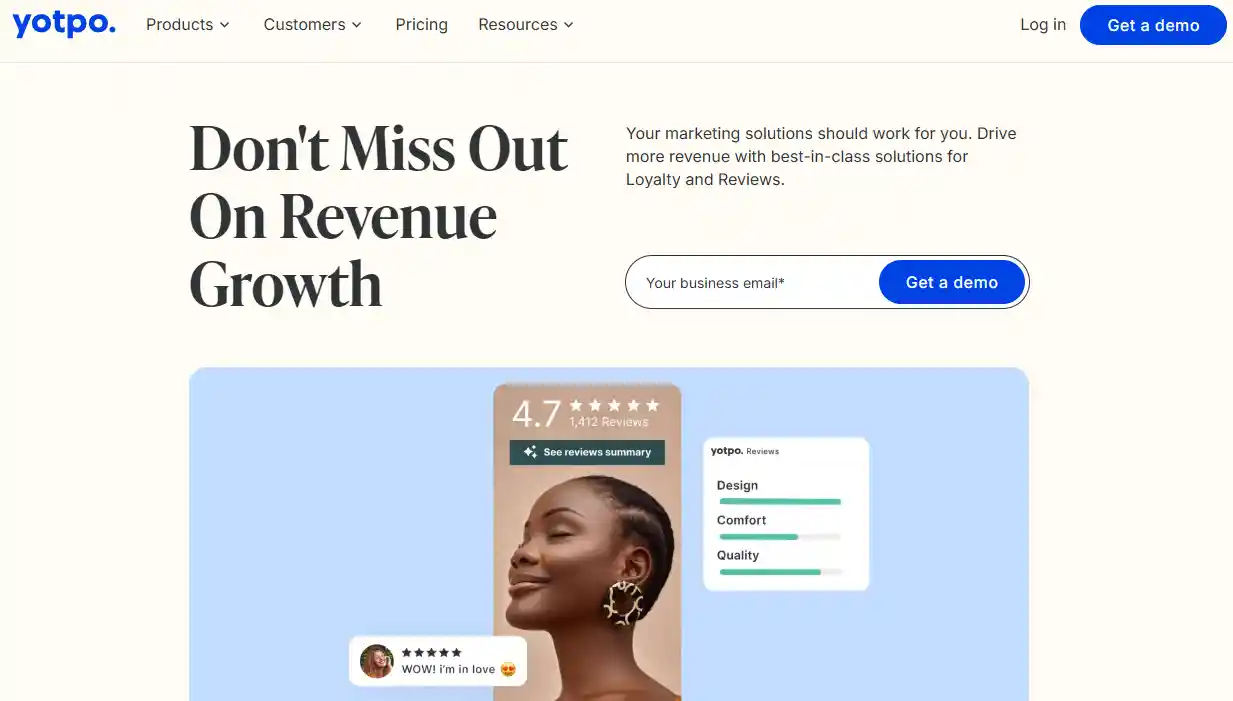
Yotpo makes collecting and displaying reviews easy. Customers can post feedback or share photos using your products.
Displaying these on your website or social media strengthens credibility and shows your products in real-life settings. Reviews and photos act as social proof, making new visitors more confident about making a purchase.
How to Grow a Gifting Business with Corporate Orders
1. Why Corporate Orders Matter
Corporate orders can be a game changer for your gifting business. Compared to individual customers, companies often place larger, more predictable orders.
This means you can plan production better and reduce waste. Bulk orders also lower your per-item cost, which increases profit margins.
Many businesses reorder gifts regularly for holidays, employee recognition, or client appreciation, giving you a more stable revenue stream than relying only on one-off sales.
2. Identifying the Right Niches
Not all companies buy gifts the same way. Focus on niches where personalized gifts add real value:
- DEI programs: Companies promoting diversity, equity, and inclusion often need gifts that reflect these values.
- Seasonal corporate gifting: Holidays, annual parties, and team awards create natural buying cycles.
- Online or hybrid events: Remote teams and virtual conferences need thoughtful, packaged gifts.
Finding the right niche helps you target the companies that are most likely to order repeatedly.
3. Outreach and Prospecting Tactics
Reaching corporate clients requires a more strategic approach than social media posts. Start with:
- LinkedIn targeting: Connect with HR managers, procurement officers, and event planners.
- Emails or direct messages: Keep them short, highlight personalization, and mention bulk discounts.
- Partnerships: Collaborate with event planning firms, HR consultancies, or wellness programs.
This multi-channel approach increases the chance that decision-makers notice your brand and consider your offerings.
4. Product Positioning for Corporates
How you package and present your products matters to businesses. Consider:
- Creating sets like "Remote Team Care Packages" that feel complete and thoughtful.
- Adding personalized touches: logos, employee names, or brand colors make gifts feel unique.
- Focusing on experiences, not just items, such as wellness kits, VR experiences, or interactive packages.
The goal is to make your gifts memorable and useful, not just another product sitting on a desk.
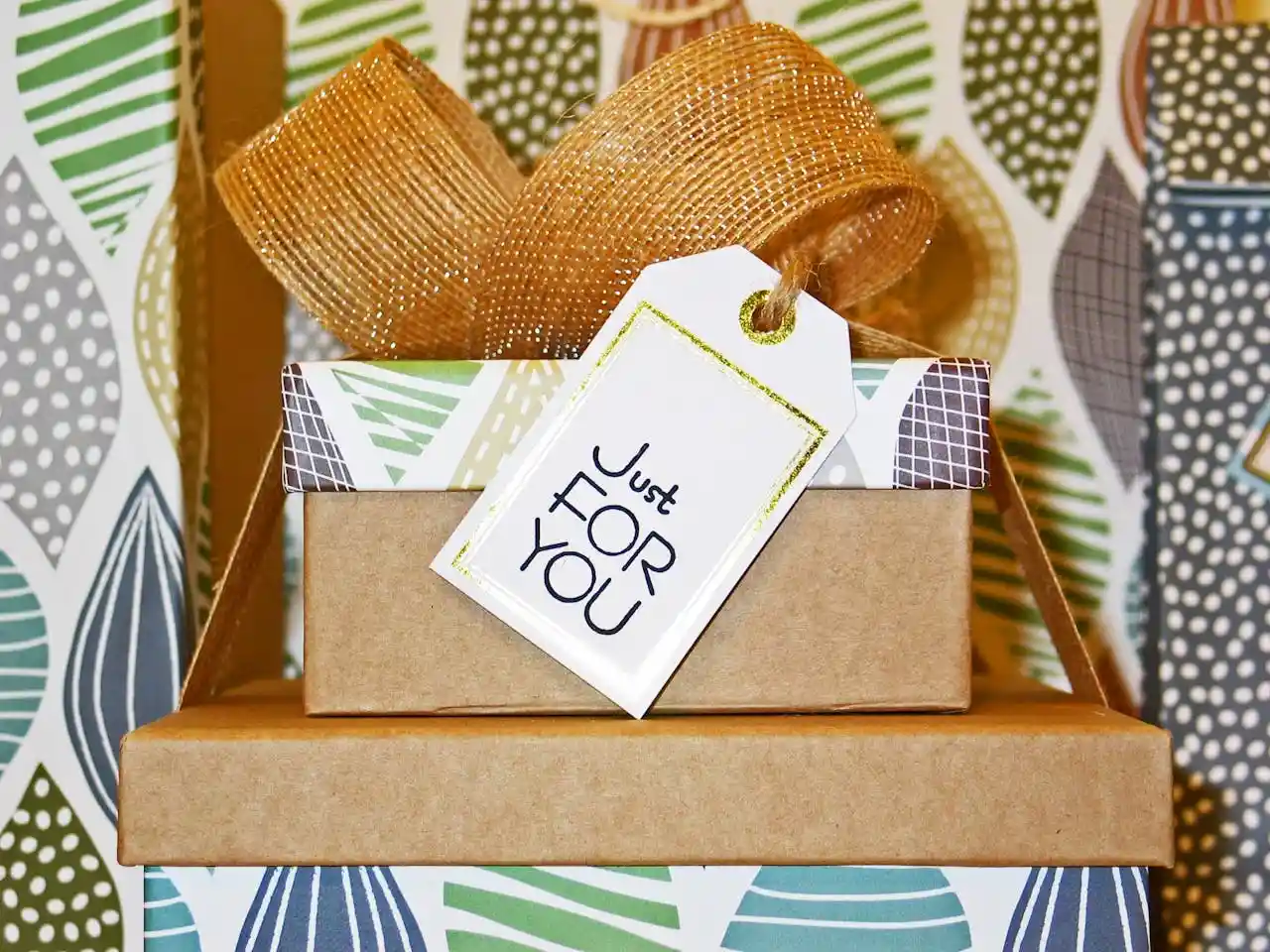
5. Building Recurring Revenue
Corporate clients are ideal for long-term growth. You can encourage repeat orders by:
- Offering annual or quarterly gift subscription plans.
- Creating a "corporate exclusive catalog" for regular clients.
- Using examples like holiday gifts or employee recognition programs to show value over time.
Recurring revenue stabilizes your cash flow and allows you to plan production and inventory more efficiently.
6. Execution Tips
Once you land corporate clients, delivery and consistency are crucial. Make sure to:
- Keep delivery times reliable and maintain product quality.
- Assign a dedicated account manager or customer service contact for companies.
- Standardize packaging and shipping processes to minimize returns, damage, or delays.
Smooth execution not only satisfies clients but also encourages them to reorder and refer you to other businesses.
How a Personalized Gifting Business Gets More Repeat Customers
Start With Past Customers
The easiest way to grow your business is to focus on people who already bought from you. Selling to a past customer costs less than finding a new one.
Customer acquisition cost drops significantly when you reach someone who trusts your brand. Look at past orders and see what items were popular. Think about what could complement what they already bought.
Use Segmented Emails
Start with an email campaign for past customers. Keep the tone friendly, not pushy. Segment your list based on previous purchases. For example:
- Someone who bought a mug could be interested in a matching coaster.
- A customer who ordered a photo frame might like a custom ornament.
Sending relevant suggestions makes them more likely to buy again.
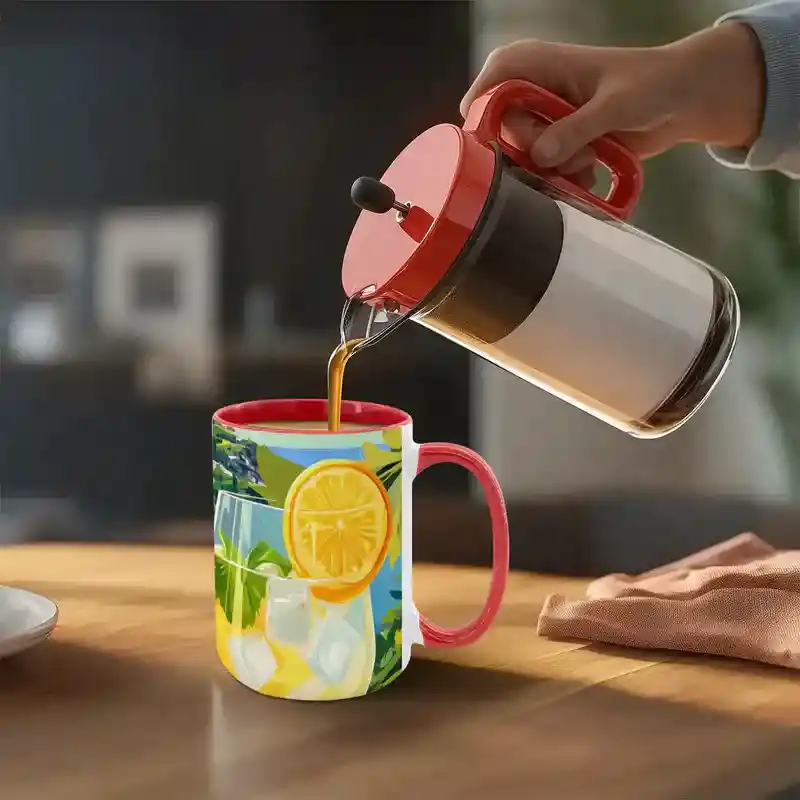
Custom Large Mug (15oz) (Made in USA)(Submit Shipping Label) - Print-On-Demand - PrintKK
Offer Complementary Products
Focus on items that naturally go together. If someone purchased a personalized blanket, suggest matching pillows or small accessories.
Showing that you notice their style and needs makes customers feel valued. This also encourages them to buy multiple items instead of just one.
Identify and Fix Business Gaps
Check for parts of your process that might have caused frustration. Were orders slow? Was customization confusing?
Plug any holes in your business model so repeat customers have a smooth experience. A better experience increases the chance they'll return.
Reward Loyalty
Create simple ways to recognize repeat buyers. You don't need a complicated loyalty program. Options include:
- A thank-you note in the package
- Early access to new products
- Small discounts for returning customers
These gestures make people feel appreciated and more likely to come back.
Stay Connected
Keep communication consistent without being pushy. Share updates, tips, and ideas that relate to their past purchases.
For example, suggest seasonal gifts or show ways to use their previous items. Staying in touch keeps your brand visible and encourages repeat orders.
Track and Adjust
Pay attention to what repeat buyers respond to. Track which emails, suggestions, or promotions lead to more orders.
Adjust your offers based on real data. Focusing on what works helps you make repeat business more predictable and profitable.
Build a Successful Personalized Gift Business with PrintKK
Starting your personalized gift business with PrintKK is straightforward. First, create an account and set up your online store.
PrintKK integrates easily with platforms like Shopify and Etsy, so you can start selling without worrying about complicated setups.
Once your store is connected, you can begin uploading products and designs, ready for customers to order.
One big advantage is that PrintKK ships to the US without charging seller taxes, which keeps your costs lower and simplifies pricing. You can choose gifts for all kinds of customers:
- Women: dresses, scented candles, handbags, pajamas
- Men: t-shirts, hats, hoodies, watches
- Kids: puzzles, building blocks, paint-by-numbers kits, backpacks
- Businesses: keychains, notebooks
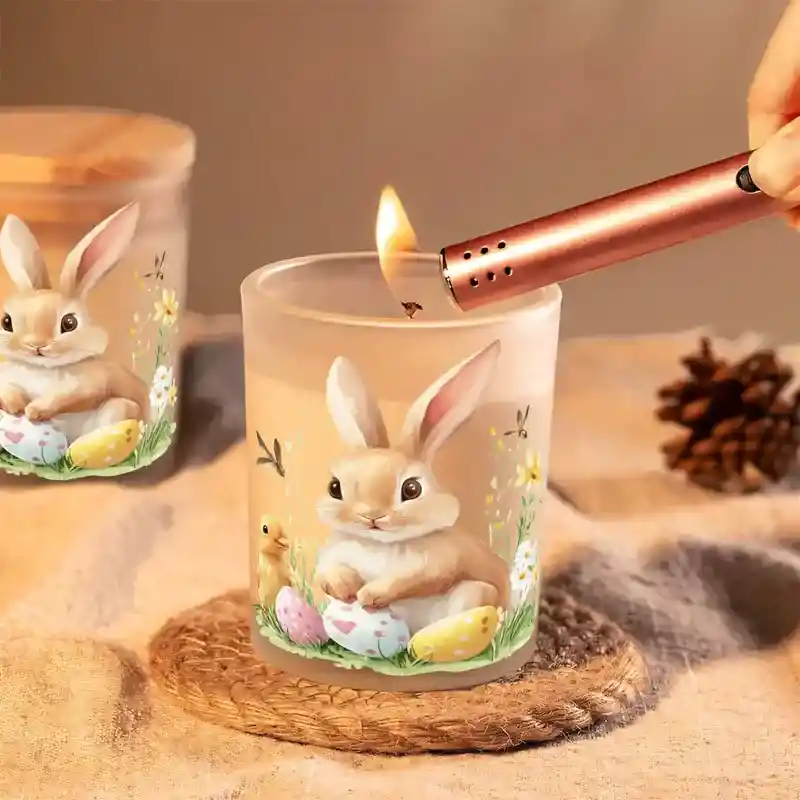
Custom Frosted Jar Scented Candle with Lid (6oz) - Print-On-Demand - PrintKK
PrintKK also has a built-in AI Image Tool. It lets you quickly generate new designs or improve your existing ones. Even if you are new to design, you can create professional-looking products in minutes.
With the combination of easy setup, wide product selection, and AI design support, you can focus on curating meaningful gifts and growing your brand instead of worrying about logistics. You'll find that once you start, your creativity and personal touch are the real drivers of success.
Expert Tips
Starting a personalized gift business can feel overwhelming at first, but it becomes easier when you take it step by step.
You need to plan your products, brand, and marketing carefully. Use the right tools to save time and improve quality. Focus on connecting with customers and building trust.
Consistency matters more than perfection. By following these steps, you can turn your ideas into a real business.
FAQs
Why are personalized photo gifts in high demand?
People enjoy gifts that feel unique and thoughtful. Personalized photo items create emotional connections. They allow customers to capture memories and moments that mass-produced gifts cannot, which drives consistent interest and repeat purchases.
How much does it cost to start a small gift shop?
If you use a Pod service, you can keep your costs between $200 and $1,000, even with just the basic equipment, templates, and online store.
What tools do I need to create custom photo gifts?
You'll need software for design and mockups, like Canva or Photoshop. Printing tools such as sublimation printers, heat presses, or engraving machines are essential. Templates, editing apps, and an online store platform complete the workflow.
What are popular personalized photo gift ideas?
Items like mugs, photo books, cushions, and framed prints are widely loved. Customers also enjoy ornaments, keychains, and phone cases. Products that capture memories in a practical or decorative way often sell best.
What are the best personalized items to sell?
Gifts that are simple to produce but meaningful perform well. Examples include engraved jewelry, custom wall art, printed apparel, and keepsake boxes. Products that balance uniqueness and ease of personalization tend to attract more buyers.










 Global Shipping
Global Shipping




 Made in USA
Made in USA

























